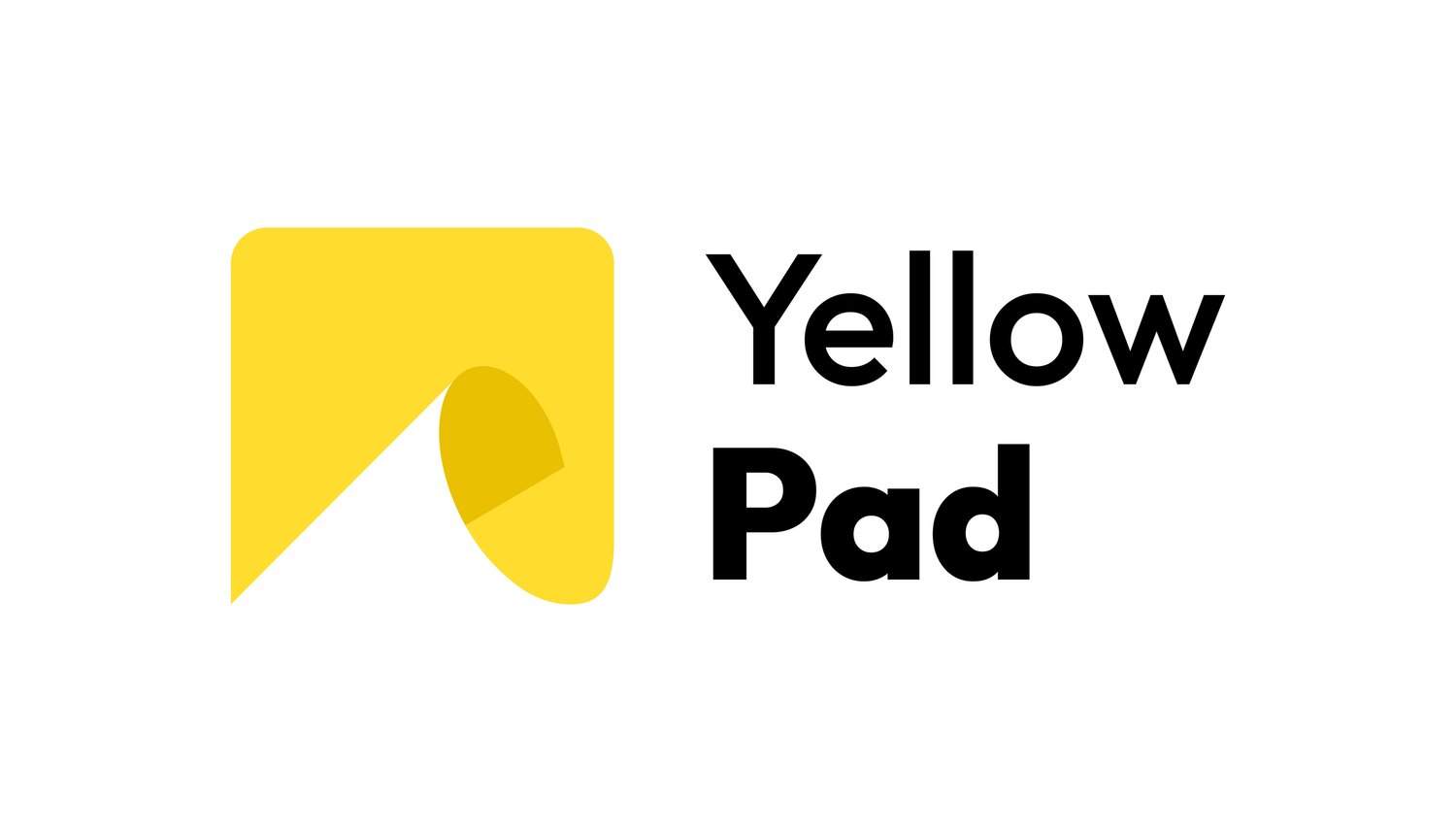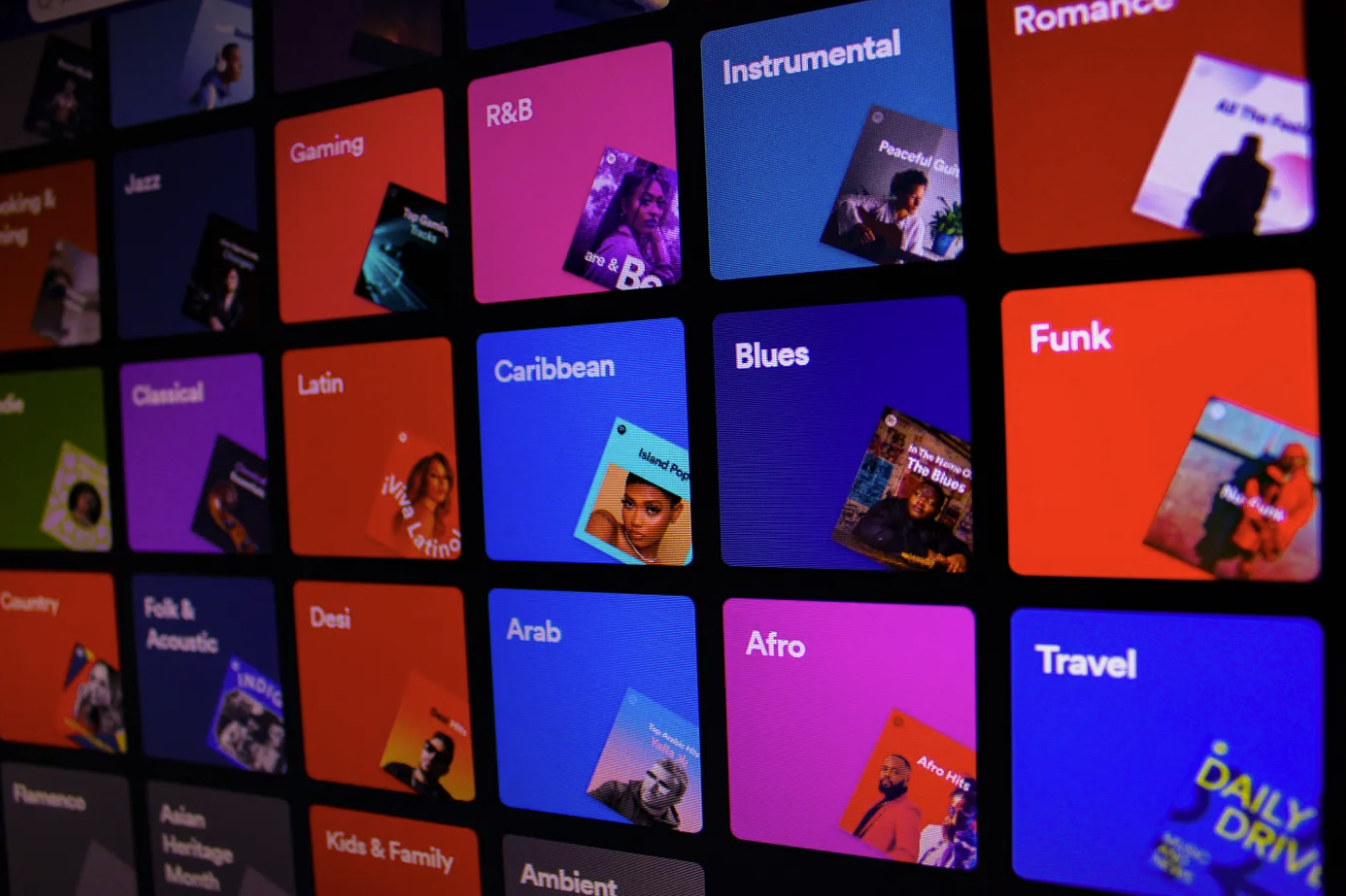Spotify Wrapped: who’s listening?
Photo by David Pupaza on Unsplash
It’s that time of the year again. Spotify Wrapped is here and everyone seems delighted with the fact that one single company knows their entire music history from the previous year. Haley Weiss from the Atlantic calls it “an impressive display of consumer trust at a moment when our faith in tech companies is historically low”. After all, what’s wrong with letting the world know that Indie Rock is your thing?
For the past couple of years I’ve been on quite an interesting Discovery Journey, and it has nothing to do with new musical genres. Every early December, just as Spotify Wrapped reaches my inbox, I take a parallel route and dig into their Wrapped for Business Reports. It’s like looking behind the glass of what you can see in your own fun, colorful, shareable, end-of-year playlist.
Every insight on our individual flashbacks corresponds to a huge amount of data that Spotify collects and then dutifully releases to advertisers. Here’s how they put it in their website:
Spotify’s Streaming Intelligence is sophisticated enough to recognize a listener’s interests, moods, and moments — to understand the person on the other end of the device. This understanding allows us to match the listener with the right message, at the right moment, in the right tone.
How did we get here? First, some numbers.
According to the 2021 report, overall minutes played on Spotify increased by +22% from 2020 to 2021. Listeners are turning to the platform for some comfort during the pandemic: 79% of global audiences see digital audio as a tool to combat screen fatigue and 66% of Gen Zs say audio helped them feel less alone over the last year.
Total listening time through smart speakers grew +29%, specifically among parents: 63% say they’ve been listening to music and podcasts through smart speakers.
Also, from 2020 to 2021, the number of podcast users aged 15–44 on Spotify grew +34% and the total time spent listening to podcasts grew by +83%.
So, we are spending more time than ever on Spotify. Still, nothing wrong with that, right?
The playlist effect
Remember when advertisers used to target simple categories such as age, gender and location? With Spotify those times are over. According to their insights, advertisers should go beyond demographics and consider listening behaviors, predicted interests and off-platform behaviors. Oh, and also device choice, but we’ll get into that in a moment.
So how does Spotify find out about our behaviors and interests? The answer is simple: we tell them ourselves, by listening to their pre-set playlists or creating some of our own. Playlists are a great way for Spotify to find out what we’re up to — and then deliver ads that will fit our moods.
In 2020, Spotify Free users streamed Cooking & Dining playlists an average of 27 million times per month. That’s a huge amount of opportunities for ad insertion. In a report prepared for advertisers interested in the Foodie segment, Spotify offers really practical advice, like sponsoring top foodie-focused playlists and podcasts and delivering real-time audio ads while the audience listens to relevant moments such as Cooking, Dinner and Holidays. Restaurants, for example, should target weekends when Foodies are feeling more adventurous in the kitchen and promote order delivery as a reminder that there’s always an alternative for a cooking experiment gone wrong.
The best ads speak directly to a persona — is your listener a runner, a foodie … or someone who’s just trying to fall asleep? The content and delivery of your ad should match the listener’s vibe — or get them even deeper into it.
Where have I seen a company target sleep before? That’s right Netflix, brace yourselves for some fierce competition. Spotify’s Intelligence tells them that Gen Zs spend over 28 minutes every month streaming the “sleep” moment.
Spotify has their sights on the Wellness market, and they even have some case studies to show: partnering with a global tea brand, they produced an audio campaign to drive association with “Me Time”, targeting listeners streaming Chill, Sleep, and Yoga playlists.
New parents also make up an interesting target: Spotify Free users stream family and parenthood playlists for over 21 million minutes monthly. Their streaming behaviors show a rise in interest in Comedy, R&B, Hiphop and Electronic past bedtime. But kids are in for some content too: in the first half of 2020, Kids playlist streams rose 19% and Spotify Free users hit 21 million monthly minutes of family and parenthood playlist listening.
Speaking of parenthood, Spotify’s data shows that smart speakers have emerged as a must-have for millennial parents to entertain their kids. Game consoles are also on the rise, and this is not a gender-exclusive market. As of 2019, 44% of total global Spotify Free gamers are female. Thanks to their Intelligence on our personal choice of device, advertisers can now target our child’s lullabies, gaming playlists or even our daily commute (but who does that anymore, right?).
Podcasts are currently a huge avenue of investment for Spotify, and I wonder if that has anything to do with the fact that even Premium subscribers have to listen to the pre-recorded ads. Once again, in their own words:
Podcasts are a unique format with tons of potential. They can foster a relationship that feels almost one-on-one between the hosts and listeners. That sense of connection means podcast ads can be especially effective for quickly building a customer relationship and solidifying your brand’s image.
41% of all listeners say they trust ads more if they hear them during a podcast and 81% report that they’ve taken an action (e.g. looking up a product, connecting with the brand on social media, talking about the brand with others) after hearing a podcast ad.
Look, I’m not trying to be a buzzkill here. Spotify Wrapped surely is fun, and in these times of social distancing it can provide the context for some interesting conversations around music preference. I just wonder: how is it that everyone seems so ready to demonize Facebook for the unscrupulous use of our data and yet Spotify gets away with it?
. . .
Sources:
2021 Spotify Wrapped for Advertisers
Spotify Culture Next 2021
Family Business: Parents on Spotify (2020)
Spotify Culture Next 2020
Sound Bites: Foodies on Spotify (2020)
https://ads.spotify.com/en-US/news-and-insights/sonic-science/
https://ads.spotify.com/en-US/news-and-insights/marketing-to-gen-z-on-spotify/
https://www.theatlantic.com/technology/archive/2018/12/spotify-wrapped-and-data-collection/577930/


